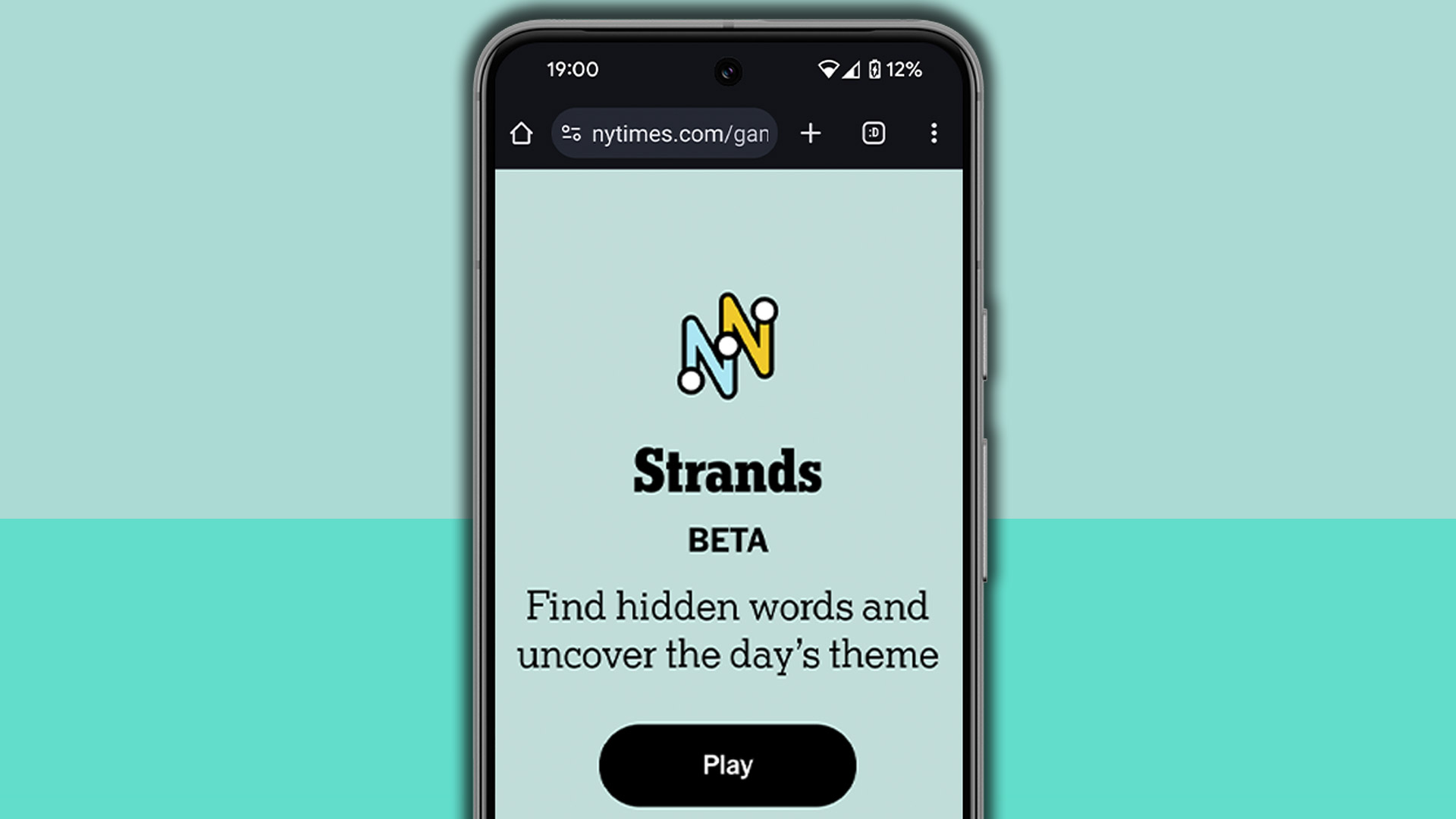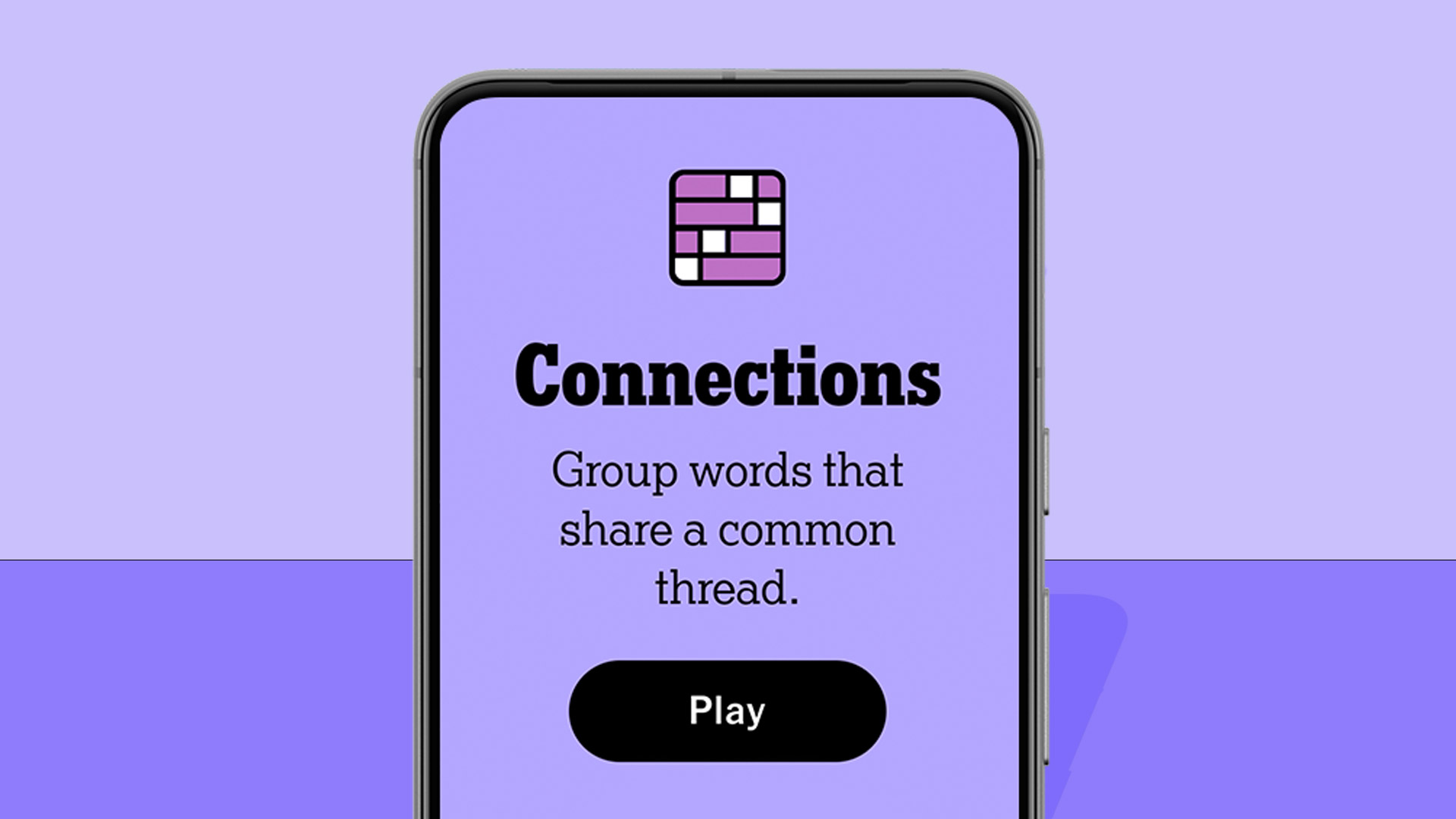www.engadget.com
Whether youre a true cord-cutter or you just want to watch the next season of Stranger Things when it (eventually? maybe?) drops, everyones on the lookout for streaming deals nowadays. Plenty have chosen VOD and live TV streaming services over traditional cable in recent years, but the savings that choice got you just a few years ago have somewhat evaporated now. Companies like Netflix, Disney, Max and others have been consistently raising prices to the point where you may question if streaming is even worth it anymore. We at Engadget still think so, for many reasons, but you can (and should) be smart with your money at the same time. Streaming deals are an option, even if they dont come around with the same regularity as discounts on AirPods do. If youre looking to save money and still stream all of the content you want, Engadget can help by laying out the best streaming deals you can get right now, how you can save with bundles and everything you should know before paying for yet another streaming service. Best streaming deals True streaming deals can be hard to come by. Most often, theyll pop up during the Black Friday shopping period. On occasion, well see them sparingly throughout the year and they usually take the form of a discounted monthly or annual rate for a limited period of time. Also, true streaming deals are typically on the ad-supported versions of a service, but once in a while youll find a unicorn of a deal on a tier that has ad-free viewing. If youre able to wait for a deal before subscribing to a streaming service, we recommend doing so. Youll save money upfront and in the long run, and you also have the option to cancel your subscription before the price goes back up to the normal rate. Maybe you find you like the service so much that youre fine paying full price for it thats the ideal situation. But if youre not compelled to keep that app on rotation in your smart TV, most streaming services make it easy for you to cancel at any time. With that said, these are the best streaming deals you can snag right now. DirecTV MySports beta for $50/month for three months ($20/month off): DirecTVs recently announced MySports beta package is $50 per month for the first three months if you sign up before the end of February. That means youll save a total of $60 for that timeframe. In addition to sports channels like FS1, ESPN and NFL Network, the package includes more than 25 live and local TV channels and unlimited DVR recordings. Sling Orange for $23/month for the first month (50 percent off): New customers can get Sling Orange or Sling Blue for half off the usual price for the first month, bringing the final prices to $23/month and $25.50/month, respectively. Orange is likely best for sports fans, with eight exclusive sports and family channels, while Blue includes 19 exclusive news and entertainment channels. You can get both Orange and Blue access also for half off for one month, or $33 total. Fubo Essential for $60/month for the first month ($25 off): Fubo has introductory discounts on most of its packages, but Essential may be the best for most people. It offers access to 215 channels, unlimited cloud DVR and up to 10 simultaneous streams. Note that regional sports content is not included here; youll have to go up to Pro or Elite plans for that. YouTube TV for $70/month for the first six months ($78 off): New subscribers can save a total of $78 when they sign up for YouTube TVs base plan, which includes access to over 100 channels, unlimited DVR space and six household accounts with the ability to stream on three devices at once. Spotify student discount - Premium + Hulu with ads for $6/month (72 percent off): Spotifys student offer continues to be one of the best around, giving you access to the Premium tier of the music streamer and Hulus ad-supported plan for only $6 monthly. Purchased separately, youd pay $22 per month for both of the services. Plus, the first month is free when you sign up. Hulu student discount - subscribe for $2/month (75 percent off): Those with a valid student ID can get Hulus ad-supported tier for 75 percent off the typical rate. Theyll keep the same sale price for as long as theyre a student as well. Max student discount - subscribe for $5/month (50 percent off): Max offers their ad-supported tier to students for half off the usual rate. Youll just have to verify that youre a student through Unidays, and make note that this offer is only good for up to 12 months of service. Streaming bundle discounts Theres more consolidation happening now than ever before in the streaming space, and that means there are more streaming bundle options. These bundles offer you access to more content with one subscription price, but those prices are typically higher than paying for a single service by itself (obviously). It may be tempting to just get the bundle, but if only one of those services in the bundle speaks to you, youll spend less overall by just paying for the single service. Speaking of a deep love for a single streaming service: if all of your favorite shows are on Peacock or the latest releases on Max consistently bring you joy, consider paying for one year upfront. Subscribing with an annual plan usually saves you money in the long term over paying on a monthly basis. Unfortunately, not all streaming services (looking at you, Netflix) have an annual subscription option. Here are some of the best streaming bundles you can get right now. Disney+ and Hulu Duo Premium for $20/month: This bundle removes the ads from both Disney+ and Hulu (with the exception of select live and linear content) and allows you to download content for offline viewing. Youll save 43 percent with this bundle, as opposed to paying for both ad-free tiers individually. Disney+, Hulu, ESPN+ Trio Basic for $17/month: You get full access to Disney+, Hulu and ESPN+ content with this package, albeit with ads across the board. This bundle price is 47 percent off the total price of all three separate subscriptions. Disney+, Hulu, ESPN+ Trio Premium for $27/month: Similarly to the Duo bundles, the Premium version of the Trio removes ads from most content in Disney+, Hulu and ESPN+, and you can download content for offline viewing. This price represents a 43-percent savings when compared to paying for all three ad-free tiers separately. Disney+, Hulu, Max bundle with ads for $17/month: Max may not technically be under the Disney mega-umbrella, but you get full, ad-supported access to its content here along with Disney+ and Hulu. Youll save 43 percent with this bundle, as opposed to paying for all three services individually. Disney+, Hulu, Max bundle no ads for $30/month: The major difference between this bundle and the previous is the lack of ads across most content in all three services. Download support for offline watching is included, too. Compared to the $52/month youd pay for these tiers separately, youll save 42 percent with this combination. Hulu + Live TV with Disney+ and ESPN+ for $96/month: This streaming bundle amalgamation is a bit confusing but it does offer a lot: you get live TV streaming via Hulus service plus access to the following VOD services: Hulu, Disney+ and ESPN+. Out of those three, only ESPN+ will have ads. Paramount+ with Showtime for $13/month or $120/year: This includes everything in Paramount+s Essential plan, except the ads, and also provides access to Showtime content, live CBS streams and download features. Read more streaming coverage The best live TV streaming services to cut cable The best streaming services: Netflix, Hulu, Max and more The best streaming devices Follow @EngadgetDeals on Twitter and subscribe to the Engadget Deals newsletter for the latest tech deals and buying advice.This article originally appeared on Engadget at https://www.engadget.com/deals/best-streaming-service-deals-133028980.html?src=rss












